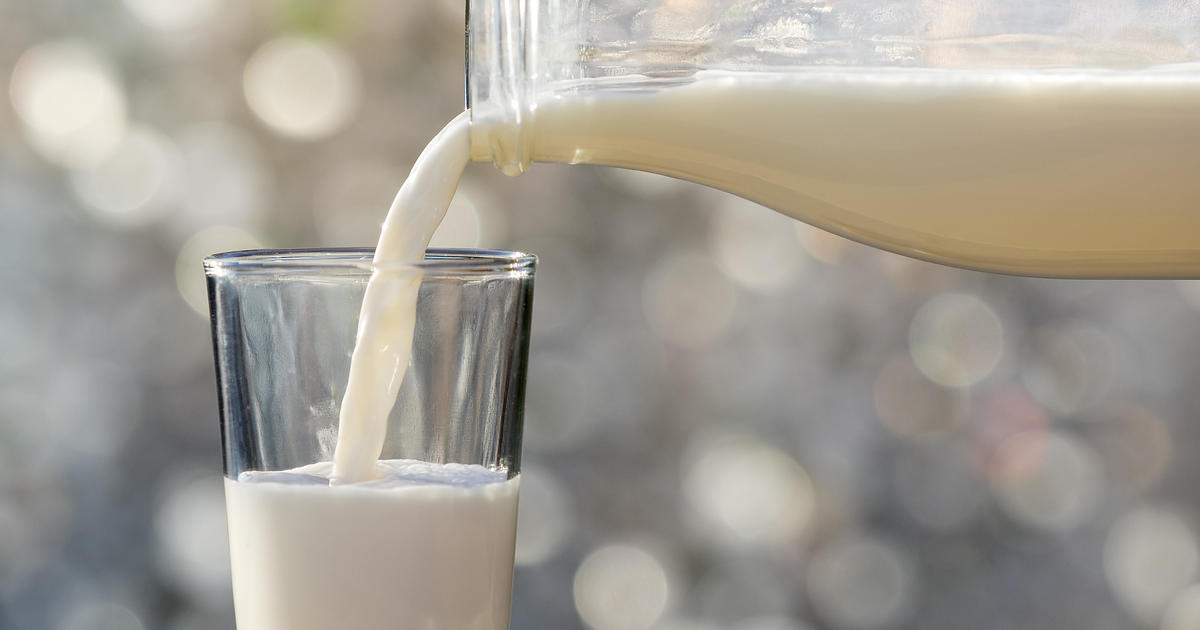Ann Arbor Group Finds Toxic Chemicals In Mardi Gras Beads
ANN ARBOR (WWJ) -- Dangerous levels of lead, other toxic metals and toxic flame retardants were found in most Mardi Gras beads tested by Ann Arbor's Ecology Center.
"We were shocked at the level of halogenated flame retardants in these products," said Jeff Gearhart, the Ecology Center's principal researcher on the project. "There's no requirement to include them in there."
Some of the chemicals found in testing the beads are cancer-causing agents, while others are neurotoxins. Where they came from was a mystery until Ecology Center researchers looked at them under an electron microscope at Hope College in Holland.
"When we split the beads apart and looked at them under a microscope, you can actually see chunks of recycled printed circuit board and electronic waste in these," Gearhart said.
Almost all of the beads were made in China, where the handling of discarded electronics is a huge problem.
Old electronics are also a likely source of the lead and other toxic heavy metals found in many of the beads.
Gearhart said the toxic substances can rub off the beads onto the skin, and break down off the bead material over time.
"We found over two-thirds of the beads had over 100 parts per million of lead in them," Gearhart said. "We use that as a benchmark because it's the regulatory limit for products intended for children. So this would make them not legal for use by children."
The toxic flame retardants were found at much higher level -- 1 or 2 percent by weight, which works out to 10,000 to 20,000 parts per million.
"Overall, we found about 80 percent of the beads we tested had either lead, arsenic or cadmium," Gearhart said.
So what to do?
"We're encouraging people to celebrate and have carnivals and festivals, but we want to make sure people know that if they are using these beads, keep them out of their mouths, keep them out of the hands of children, and if you're handling them a lot, wash your hands afterwards," Gearhart said.
Or better yet, he said, "we found some that were clean -- either glass beads or the clear plastic ones that you can see through. The ones that have the shiny coatings on the outside were the ones that had these problems. The clear plastic ones we tested were fine."
Also participating in the testing was VerdiGras, a nonprofit organization in New Orleans dedicated to greening Mardi Gras, and Tulane University in New Orleans.
In the last year Ecology Center researchers tested a total of 135 Mardi Gras beads (87 previously used and 48 new) for substances that have been linked to asthma, birth defects, learning disabilities, reproductive problems, liver toxicity and cancer. Products tested included beaded necklaces and throws collected from New Orleans and new Mardi Gras beads purchased from three bead wholesalers.
The study found that more than 90 percent of all the beads contained at least one harmful chemical -- lead, hazardous flame retardants, arsenic or cadmium. Nearly 80 percent of the beads contained 400 ppm of bromine, suggesting the use of halogenated flame retardants. Over two-thirds (71 percent, or 34 of 48) of the Mardi Gras beads tested exceed 100 ppm of lead.
"This report raises significant concerns not only for community celebrations around the country including New Orleans. It also raises concerns for the Chinese workers who melt down the plastic that goes into these products," said Holly Groh, M.D. and one of the founders of VerdiGras. "As a New Orleans residents, the hazards present in the beads and throws shocked
my husband and me. We hope manufacturers will be more cautious with what goes into their products because of the findings of this report and, until the market cleans up, we encourage people to take precautions when handling the beads and throws."



